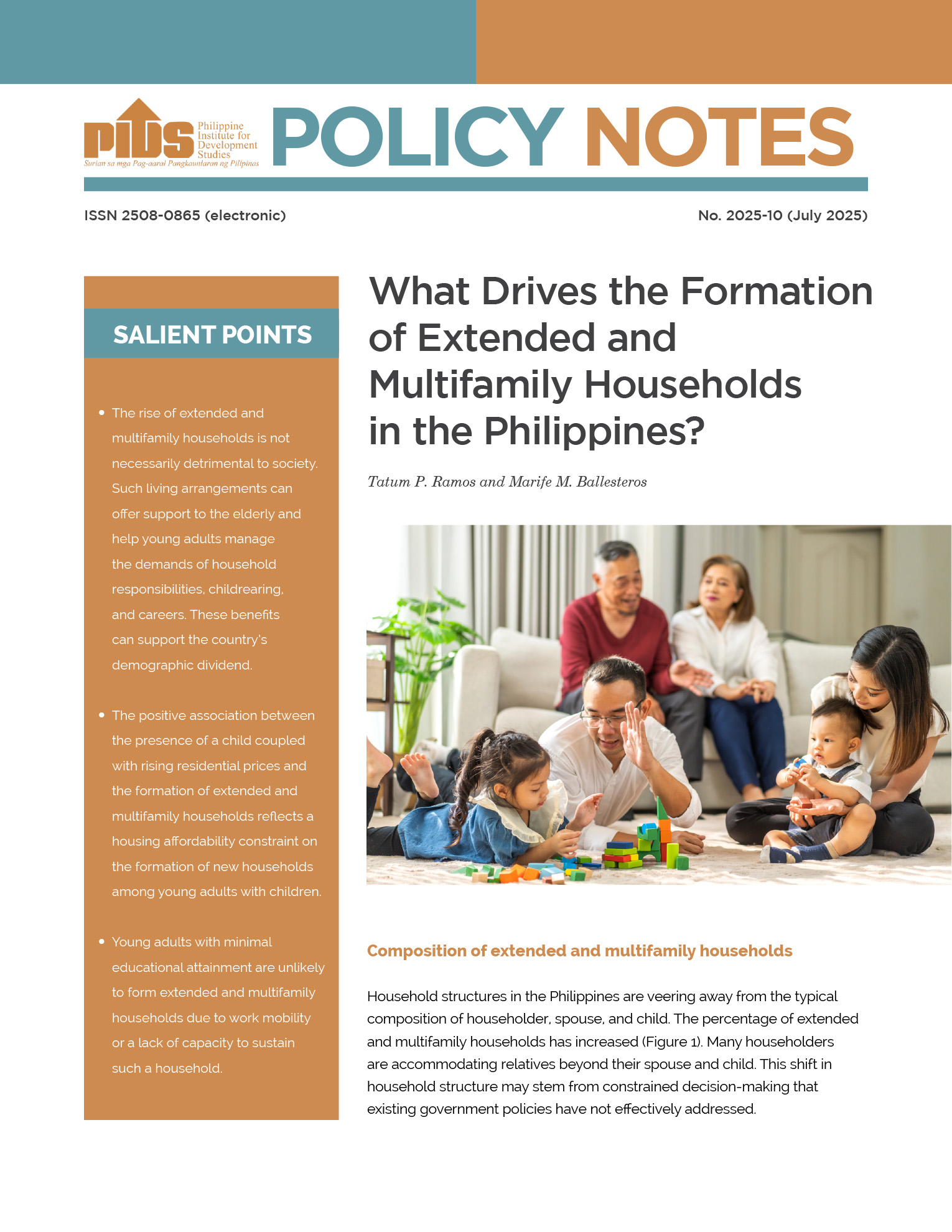
Despite its extensive number of nutrition and health intervention programs, the Philippines has much to do to substantially curb childhood stunting. According to a study by the Department of Science and Technology’s Food Nutrition Research Institute in 2015, one-third of children under five years of age or around 3.78 million Filipino children are affected by childhood stunting. More alarmingly, a study by the Philippine Institute for Development Studies (PIDS) concluded that the country has had little progress in reducing stunting prevalence in the past two decades. According to PIDS Consultant Alejandro N. Herrin, author of the study, the issue is not the lack of national policies but more on the weak implementation of nutrition programs. He noted that targeting of beneficiaries, coordination with other agencies, management structures, logistics, and sustainability are among the critical issues that need to be addressed. Structural issues, such as problems in local mobilization, limited resources, and difficulties in organizational coordination, also impede the progress of these programs.
Herrin recommended putting the goal of preventing childhood stunting at “the forefront of the national nutrition agenda”. As a critical item of the national nutrition agenda, the problem of childhood stunting would receive the adequate strategic focus it needs to help policymakers and project implementers develop and carry out more cost-effective interventions.
Meanwhile, weaknesses in program implementation were revealed in the impact evaluation done by PIDS for the Department of Education’s School-Based Feeding Program (SBFP). The SBFP is a targeted intervention to reduce wasting, which is another nutritional deficiency that is a strong predictor of mortality among children under five. Severely wasted children are those who are too thin for their height. PIDS Consultant Ana Maria Tabunda and Senior Research Fellow Jose Ramon Albert, authors of the study, found that the SBFP was generally implemented well, with majority of the school heads, teachers, and parents showing appreciation for the program and many of them expressing a desire to see it continued, and if possible, expanded. However, they pointed out the need for proper documentation of the SBFP. While conducting the study, they discovered inaccuracies in the recorded nutritional status, such as age, height, and weight measurements of children in public schools. They also recommended the need for government to complement the SBFP with other programs to correct malnutrition practices among children below five years old.
A well-nourished and healthy workforce is essential in achieving sustained and inclusive growth. Investing in people’s health, particularly among children, yields high and long-lasting returns for individuals as well as to society.
Know what other PIDS studies have to say about nutrition and inclusive growth. Visit the SocioEconomic Research Portal for the Philippines. Simply type “health service delivery”, “childhood stunting”, “maternal and child care”, “micronutrients”, “health and nutrition”, and related terms in the Search box.
• Are there Regional Variations in the Utilization of Maternal and Child Care Services across Income Groups?
• Are Maternal and Child Care Programs Reaching the Poorest Regions in the Philippines?
• What Is the Impact of DepED's School-Based Feeding Program?
• Results of an Impact Evaluation Study on DepED's School-Based Feeding Program
• Food Consumption Patterns of Pregnant Women And Children (ECD Baseline Indicators Survey)
• A Better Start in Life: Evaluation Results from an Early Childhood Development Program
• Child Health Care Demand In A Developing Country: Unconditional Estimates From the Philippines
• Feeding Severely Wasted Children in School: Examining Processes in DepED's School Feeding Program
• Who Weans with Commodity Price Shocks? Rice Prices and Breastfeeding in the Philippines












